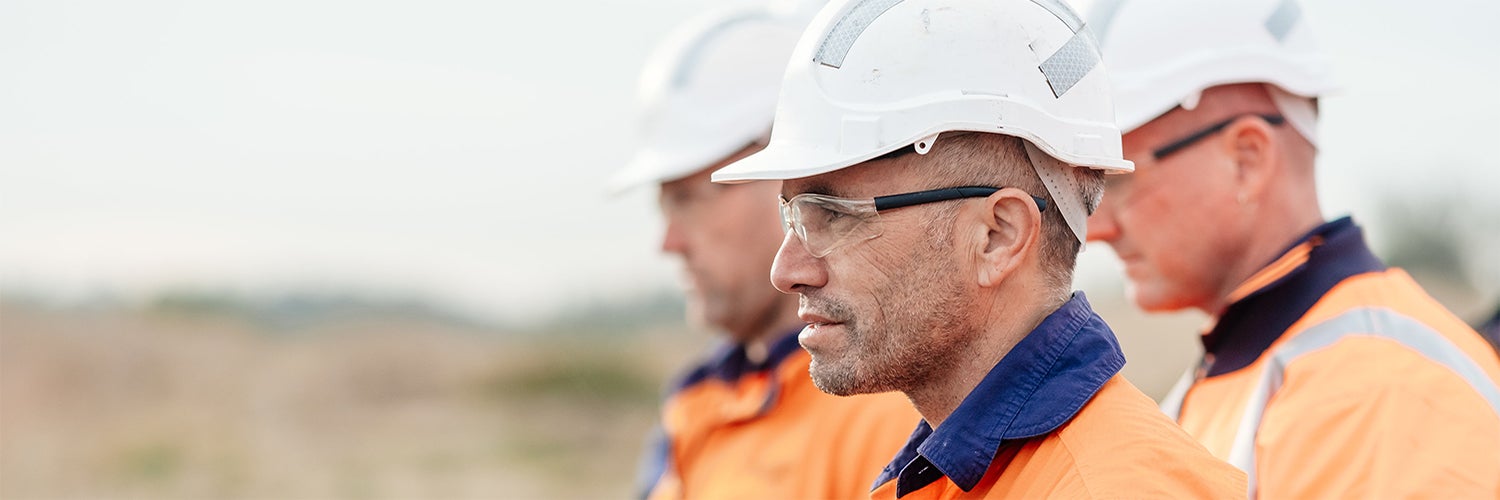Page
World-class rehabilitation on show in grazing study
“
Results from the cattle grazing study being conducted at Rio Tinto Coal & Allied’s Hunter Valley Operations continue to show that NSW mine rehabilitation is world class.
The four year project is looking into the effects of grazing cattle on rehabilitated mine land, as compared to a non-mined control site. Conducted by the NSW Department of Primary Industries, the study is producing some impressive results.
NSW Minerals Council Chief Executive Officer Stephen Galilee said that these final results continue to show that mine rehabilitation in NSW has the potential to restore land to a state better than what it was before mining took place.
“We can see from this study that cattle being grazed on rehabilitated mine land gained weight at a more considerable rate compared to those grazing on the non-mined land.”
“Angus steers grazing on rehabilitated land have weighed in at an average of 764 kilograms compared to 611 kilograms for steers on the control site, demonstrating that with the right land management, rehabilitated mining land has the potential to be more productive than land that has never been mined,” Mr Galilee said.
“It’s a great example of how mining and farming can co-exist in the Hunter, and how the same land can be used productively by both of these important industries over time,” he concluded.
The trial will continue when a further 20 steers are introduced to Hunter Valley Operations in the next few months to allow for further data to be collected from the rehabilitated paddocks.
Contact: Nat Openshaw

